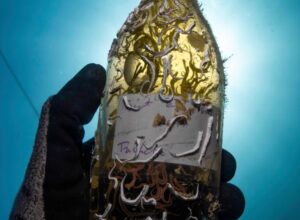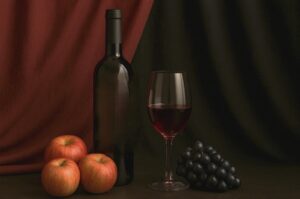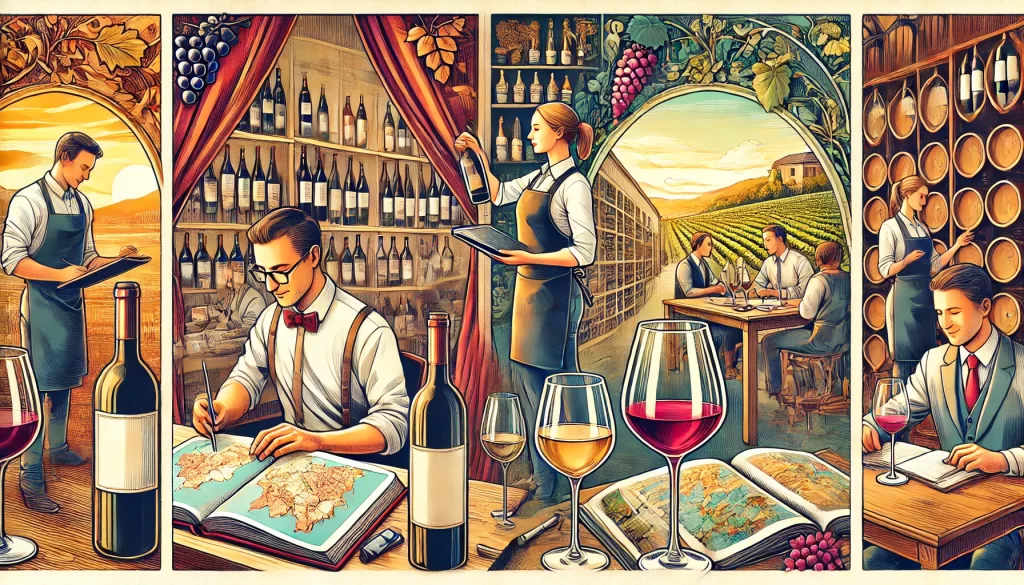
The Future of Wine Culture:
Fresh Wine Writers and Sommeliers
Wine Culture is to be celebrated: The next generation of wine writers and sommeliers are shaping how we understand terroir, hospitality, and taste.
Drawing inspiration from centuries-old traditions, they explore the complex relationship between soil, climate, and human influence. Like James Busby, they are redefining wine culture, contributing fresh perspectives, and elevating the appreciation of wine worldwide.
‘The science is still being explored,’ a paper on Why Limestone Matters for Wine Grape Growing (Tablas Creek’s excellent website) … I was intrigued to discover that discussions about what we call terroir have been going on for centuries. Back in 1825, none other than James Busby, the father of the Australian wine industry, asserted that:
“The sandy soils will, in general, produce a delicate wine. The calcareous soil a spiritous wine and the decomposed granite a brisk wine”. (Tim Atkin for Wine Enthusiast)
Exploring Terroir Through Writing:
The art of wine culture has grown in depth and nuance as writers dip into the science of terroir and the cultural history of wine. Here are a few rising stars:
Meg Maker: Terroir-Focused Storytelling
“Mt. Etna was quiet last week, wreathed in the clouds that shift and switch as the afternoon warms, then cools. Etna’s fertile crescent rings the active cone from north through east to south, her gravel flanks embroidered with orchards, vineyards, meadow, and scree. Dry stone terraces march up the slopes in giant steps, black and chiseled in the sharp day sun. Etna is hand-built viticulture on a heroic scale.”
The Human influencers: Stewart Hill Wines
The human factor is essential in shaping the terroir for wine growing. From pruning to harvesting, each decisionmade by winegrowers and enologists has a significant impact on the final characteristics of the wine. We understand that human interpretation and intervention are unavoidable components. Each choice, from the management of native vegetation to choosing the optimal harvest time, contributes to the uniqueness of our organic wines. This holistic approach allows us to produce wines that not only reflect their geographic origin, but also the philosophy and passion of those who work to produce each bottle.
The terroir, this unique mix of geographic, climate and human factors, is not just a concept. It is the essence that defines each bottle of wine. We have discovered how the soil, the climate, the topography and human influence come together to create the genuine identity of each wine.
Sommeliers Transforming Hospitality
In restaurants and tasting rooms worldwide, sommeliers are redefining the dining experience. They focus on education, sustainable sourcing, and personalised wine pairings.
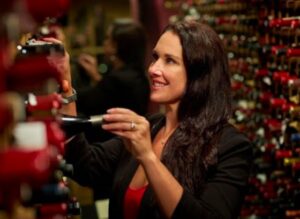 Lindsey Fern – Hospitality Innovator
Lindsey Fern – Hospitality Innovator
Sole Female Wine Director of Three-Star Michelin Restaurant in US, Lindsey Fern: Director of Wine For The Inn At Little Washington.
She talks about her role as a wine director and the challenges she has faced. She shares tips on how restaurants can market wines to drive wine sales.
Alice Achayo: Wine Linguist
“Alice Achayo, who is originally from East Africa, grew up eating mangoes, papaya, jackfruit, guava and passionfruit. Her meals often included meat that was smoked or dried, or sauteed in onions and fragrant oils. Cooked with and accented with ground sesame and peanuts.
‘When Achayo started in wine in 2015, she was surprised to learn that her sensory memories didn’t fit into industry boxes: There weren’t established pairings for the foods and flavours she grew up with. Meanwhile, in tastings, jackfruit was simply described as an “exotic fruit.” Achayo wondered, “Who are these fruits exotic to?” If someone mentioned gooseberry as a flavour note, she’d laugh and think, “Who has actually eaten a gooseberry?”
‘Achayo is not alone in her experience. She is part of a new wave of forward-thinking sommeliers who recognize that changing the language and making the industry more inclusive.
Rebuilding the Foundation of Wine
 ‘Also known as the Wine Linguist, Achayo believes that the way industry insiders talk about wine needs to evolve. Everything from the vocabulary around flavors to the way bottles are marketed and how wine is discussed culturally.
‘Also known as the Wine Linguist, Achayo believes that the way industry insiders talk about wine needs to evolve. Everything from the vocabulary around flavors to the way bottles are marketed and how wine is discussed culturally.‘To reconsider the future of wine language, Achayo is interrogating its roots starting with the Wine and Spirits Education Trust (WSET). This institution has long been the gold standard of wine instruction. It was established in the United Kingdom for British importers, distributors and retailers. Eighty years after its formation, the WSET is studied in over 70 countries and has been translated into 15 languages.”
Bridging Hospitality and Wine Education
The rise of accessible, educational platforms has enabled these professionals to share their expertise with wider audiences.
Alpana Singh: Master Sommelier and Presenter

- First Indian woman and youngest female to become a Master Sommelier, a title awarded to only 269 people worldwide
- Host of the three-time Emmy Award-winning restaurant review TV show, Check, Please!
- Has received several awards, including the “Sommelier of the Year” Wine Star Award from Wine Enthusiast magazine
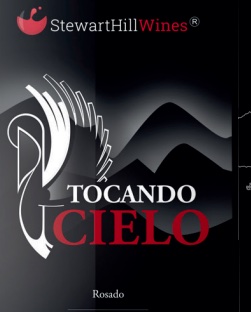
Gus Zhu – The Science of Taste
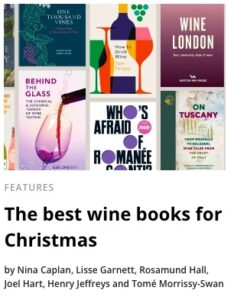
The first Chinese Master of Wine: A scientist specialising in chemical analysisand sensory studies of aroma compounds in wine, cork and oak. In this extract from his first book: Behind the Glass, published by Académie du Vin Library, he explains why our sense of smell is so integral. It is crucial to the experience of tasting wine.
Wines. The sensory analysis of wine:
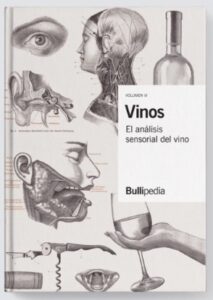
“Volume VI of Wine Sapiens”: Rethink and deepen our knowledge of the organoleptic analysis of wine. This volume focuses on how our senses function through hearing, vision, olfaction and taste. The body’s motor system, and the complex somatosensory system. A guide for us on how they are used during the technical tasting of wine.
This volume is a companion to Volume V, overall totalling approximately 1,000 pages, to comprehend the technical tasting of wine.”
As the next generation of wine professionals, they bring fresh insights to terroir, hospitality, and taste. Through writing, sharing, or education, their voices are redefining wine culture. They are part of its continued growth and appreciation worldwide for the Future.

